Spain, a country renowned for its vibrant streets and rich history, offers a plethora of beautiful cities that captivate the hearts of travel enthusiasts, tourists, and culture lovers alike. With its diverse blend of architectural marvels, lush landscapes, and dynamic culture, Spain’s cities promise an unforgettable experience for every visitor. From the sun-drenched shores of Barcelona to the historic charm of Toledo, each city boasts its own unique allure and timeless beauty. In this exploration, we will journey through Spain’s top ten most beautiful cities, uncovering the cultural treasures and scenic wonders that make them standout destinations. Prepare to be inspired by the enchanting allure of these remarkable urban landscapes.
Exploring Madrid’s Charm
Historical Landmarks in Madrid
Madrid, Spain’s capital, is a city steeped in rich history and brimming with historical landmarks that tell stories of its illustrious past. A visit to the Royal Palace of Madrid, the largest functioning royal palace in Europe, offers a glimpse into the opulent lifestyle of Spanish royalty. Its exquisite architecture and lavishly decorated rooms are a testament to Madrid’s regal history. Nearby, the Plaza Mayor, a grand arcaded square, stands as a testament to Madrid’s rich cultural tapestry, having hosted markets, bullfights, and royal celebrations over the centuries. The Prado Museum, one of the most prestigious art museums globally, houses masterpieces by Spanish artists like Velázquez and Goya. These landmarks, among others, make Madrid a compelling destination for history enthusiasts eager to explore its storied past. Each site provides a unique insight into the city’s evolution through the ages.
Culinary Delights of Madrid
Madrid is a gastronomic paradise, offering a rich tapestry of flavors that reflect its vibrant culture. The city is famed for its traditional tapas, small plates that allow diners to sample a variety of tastes. Patatas bravas, croquetas, and jamón ibérico are staples that showcase the depth of Spanish cuisine. For a more substantial meal, the cocido madrileño, a hearty chickpea-based stew, is a must-try. This dish is beloved for its comforting flavors, especially during the cooler months. Madrid is also renowned for its bustling food markets, such as Mercado de San Miguel, where visitors can savor fresh seafood, cheeses, and artisanal treats. For dessert, churros con chocolate offer a sweet ending to any meal. The city’s culinary scene balances traditional fare with innovative dishes, making it a delightful destination for food lovers eager to explore Spanish cuisine’s diverse offerings.
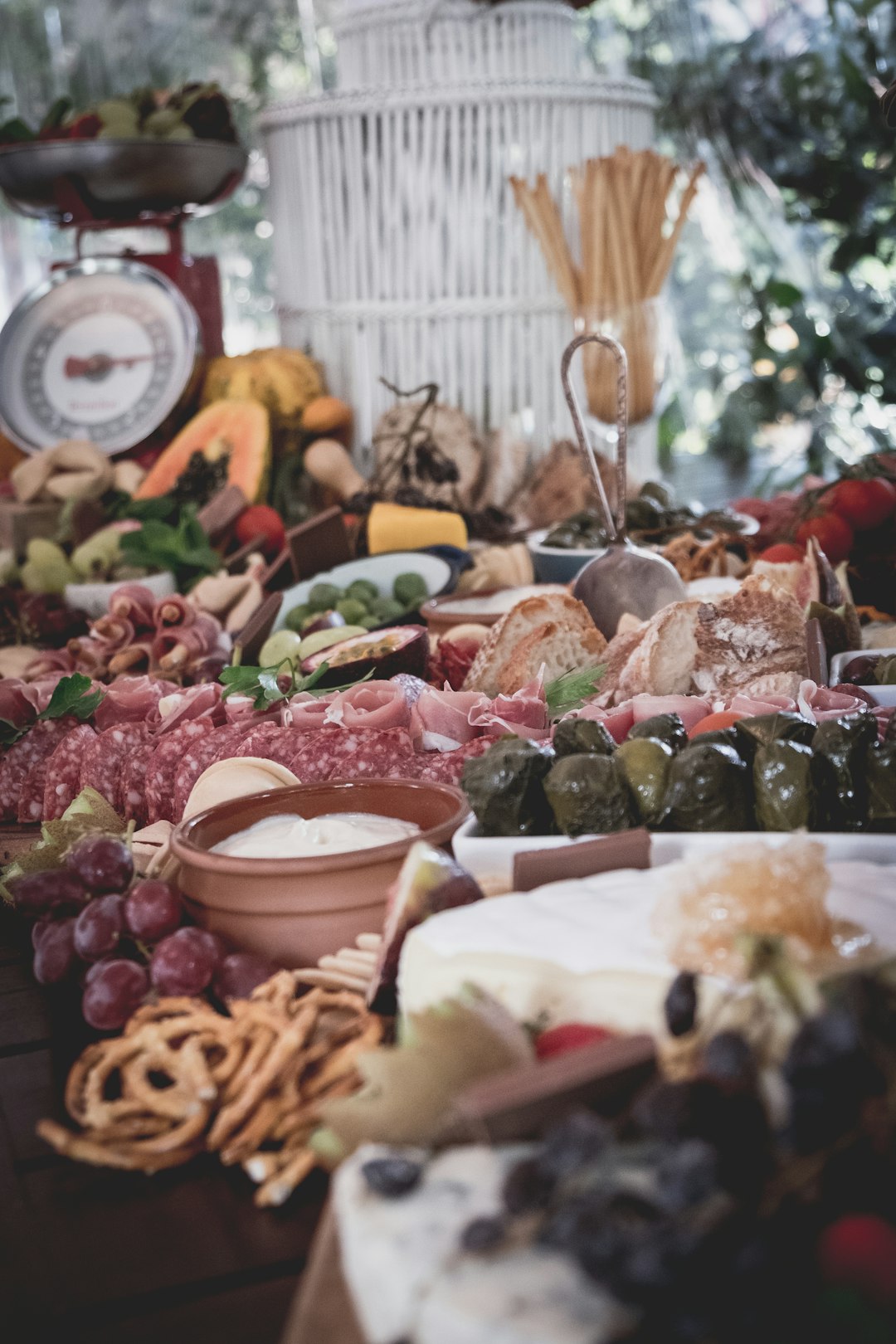
Vibrant Nightlife in Madrid
Madrid’s nightlife is legendary, offering an eclectic mix of venues and experiences that cater to all tastes. The city comes alive after dark, with lively bars, chic clubs, and intimate live music venues scattered across its neighborhoods. Malasaña, known for its bohemian vibe, is a hotspot for trendy bars and alternative music scenes. If you’re looking for a more upscale experience, the Salamanca district features elegant cocktail lounges and sophisticated nightclubs. For those who enjoy dancing, the Gran Vía area boasts some of the city’s most popular clubs, where music and festivities continue until the early hours. La Latina offers a more laid-back environment, perfect for tapas and drinks with friends. Madrid’s nightlife is diverse and inclusive, welcoming locals and tourists alike to join in the celebrations. Whether you’re seeking a quiet evening or an all-night party, Madrid offers an unforgettable nocturnal adventure.
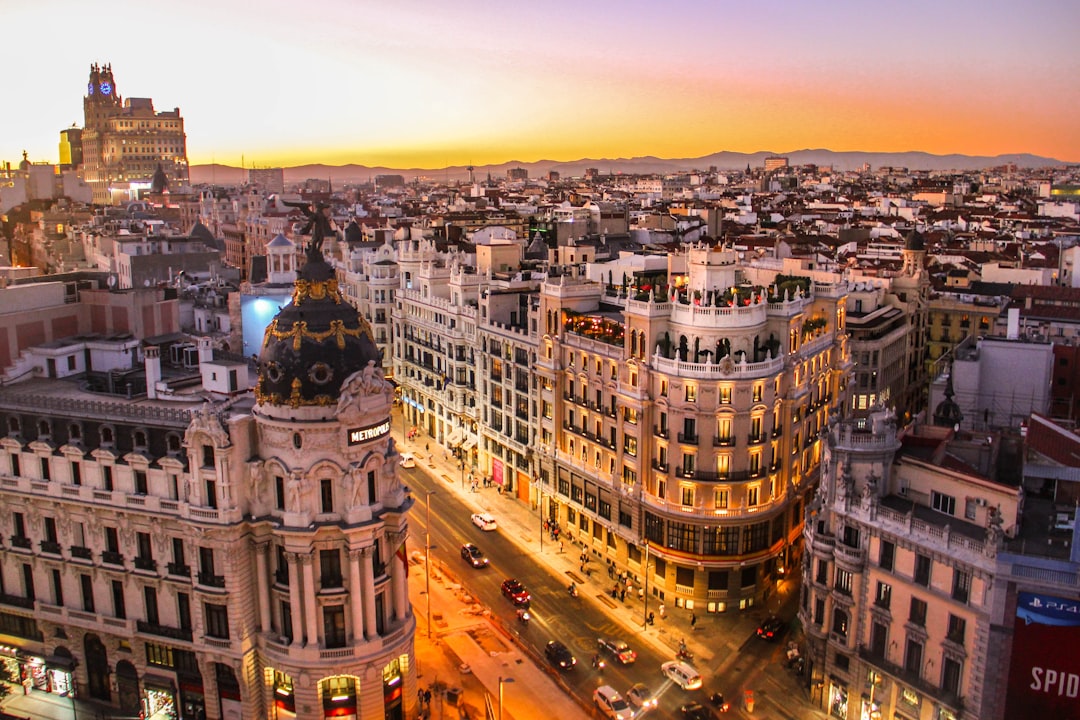
Barcelona: A Cultural Haven
Gaudi’s Architectural Wonders
Barcelona is synonymous with the genius of Antoni Gaudí, whose architectural masterpieces have become emblematic of the city’s unique charm. Gaudí’s Sagrada Família stands at the forefront, a basilica that has been under construction since 1882. Its intricate facades and soaring towers are a testament to Gaudí’s visionary approach, blending Gothic and Art Nouveau styles. Another must-see is Park Güell, a whimsical public park filled with colorful mosaics and imaginative structures, offering stunning views of the city. Casa Batlló, located on the bustling Passeig de Gràcia, showcases Gaudí’s flair for organic forms and vibrant colors, with its undulating façade and dragon-inspired roof. Casa Milà, also known as La Pedrera, captivates visitors with its undulating stone exterior and rooftop sculptures. These architectural marvels highlight Gaudí’s innovative spirit and leave an indelible mark on Barcelona’s cultural landscape, attracting millions of admirers from around the world.
Beaches and Outdoor Activities
Barcelona’s coastal location offers visitors a perfect blend of urban culture and seaside relaxation. The city’s beaches, such as Barceloneta, are ideal for sunbathing, swimming, and enjoying a variety of water sports. This lively beach is known for its vibrant atmosphere, complete with beachfront bars and restaurants serving fresh seafood. For those seeking more serene surroundings, Bogatell Beach provides a quieter escape with its wide sandy stretches. Beyond the beaches, Barcelona offers extensive outdoor activities. The Montjuïc hill, accessible by cable car, presents panoramic views of the city and the Mediterranean Sea, and is home to botanical gardens and historic sites like the Montjuïc Castle. The city’s numerous parks, including Parc de la Ciutadella, offer green spaces for picnics, leisurely strolls, or rowing on the park’s lake. These outdoor opportunities make Barcelona a diverse destination for both relaxation and adventure.
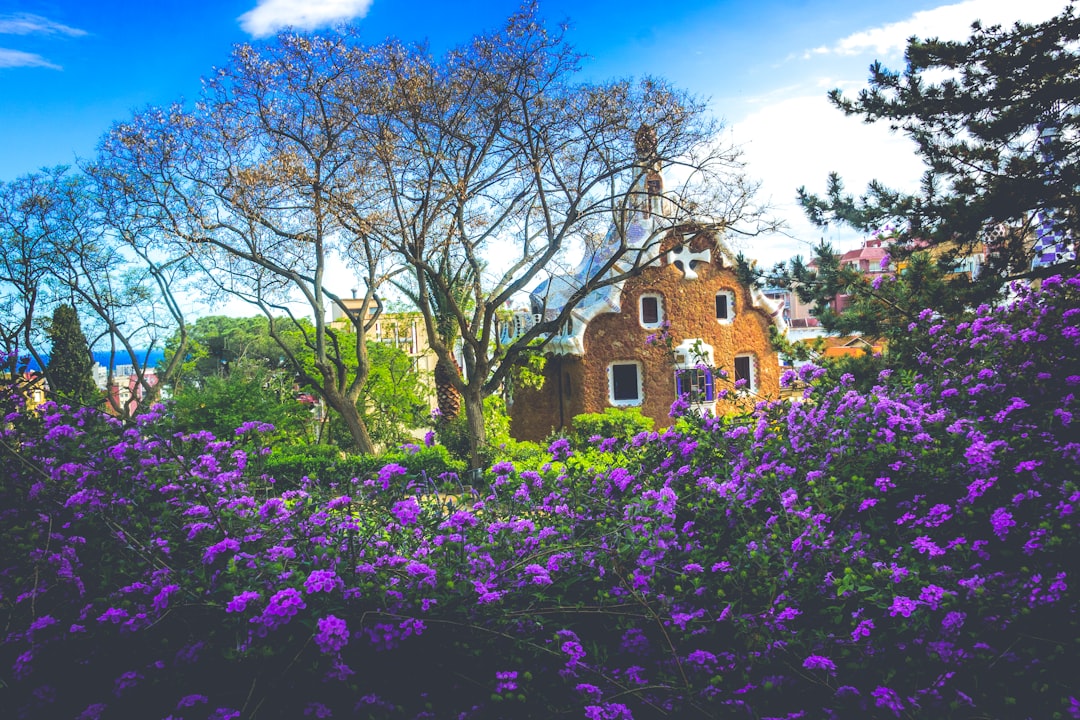
Local Festivals and Traditions
Barcelona’s local festivals and traditions offer a captivating glimpse into the city’s cultural richness and community spirit. One of the most iconic celebrations is La Mercè, held in September, honoring the city’s patron saint. This vibrant festival features a mix of music, fireworks, parades, and the traditional human towers known as castellers. Another significant event is Sant Jordi’s Day in April, a celebration akin to Valentine’s Day, where the exchange of books and roses among loved ones is a cherished tradition. The unique Festa Major de Gràcia, occurring each August, transforms the Gràcia neighborhood into a colorful spectacle of decorated streets and community festivities. During these festivals, traditional Catalan music and dance, such as the sardana, bring locals and visitors together in joyful celebration. By participating in these lively events, visitors can immerse themselves in Barcelona’s cultural tapestry, experiencing firsthand the city’s enduring traditions and vibrant community life.
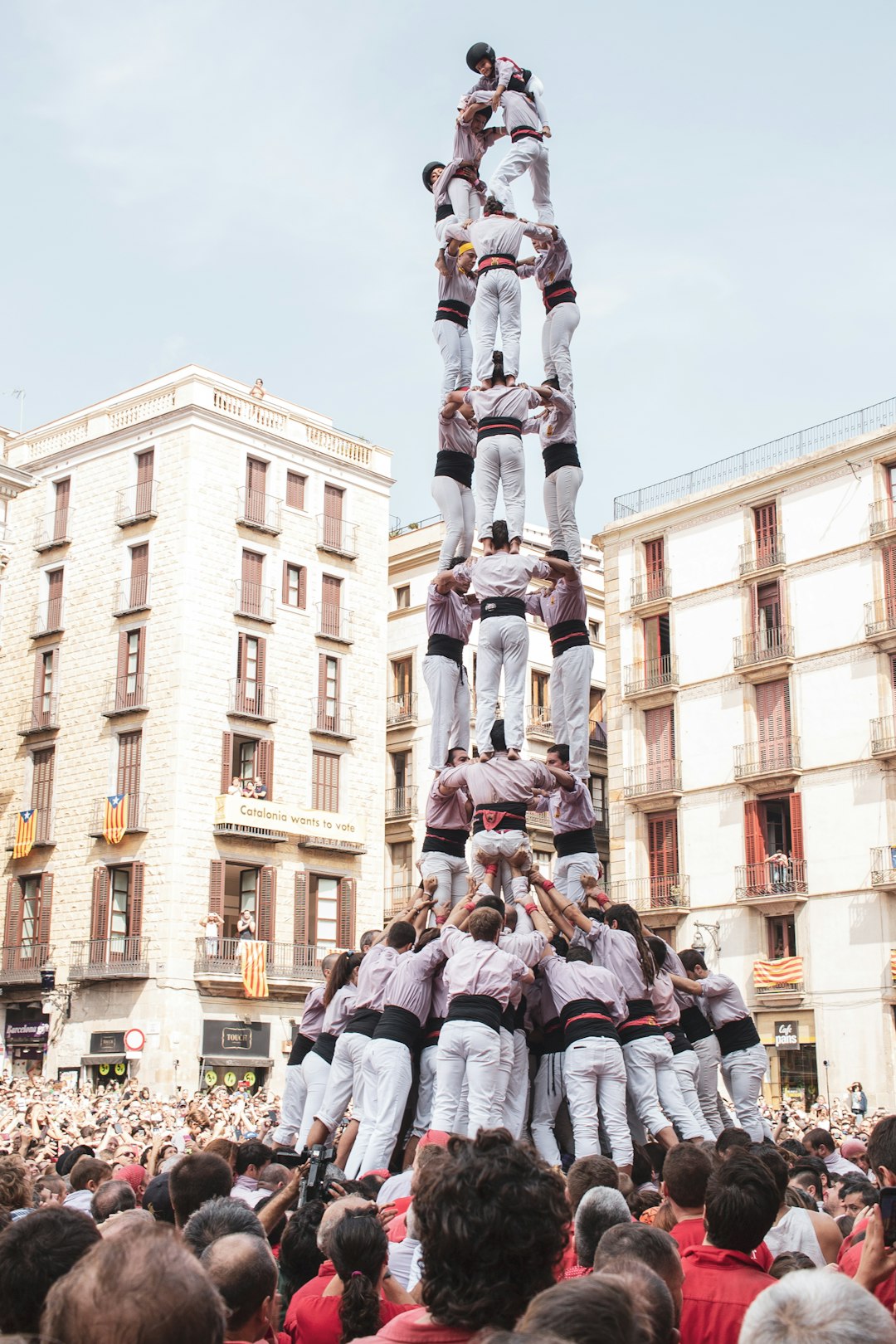
Seville: The Heart of Andalusia
Flamenco and Music Scene
Seville is renowned as the birthplace of flamenco, a passionate and expressive art form that embodies the soul of Andalusian culture. The city offers numerous venues where visitors can experience authentic flamenco performances. The Tablao El Arenal and Casa de la Memoria are popular spots known for showcasing the profound emotions and intricate rhythms of flamenco music and dance. Beyond flamenco, Seville’s music scene is vibrant and diverse, reflecting a blend of traditional and contemporary influences. The city hosts various music festivals throughout the year, such as the Bienal de Flamenco, which attracts top artists and enthusiasts from around the world. The Festival de Música Antigua, focusing on early music, is another highlight, offering performances in stunning historical settings. Seville’s deep musical heritage and lively scene provide an enriching experience for those eager to explore the rhythm and heart of Andalusian culture.
Seville’s Iconic Landmarks
Seville is a city rich with iconic landmarks that reflect its historical significance and architectural splendor. The Seville Cathedral, one of the largest Gothic cathedrals in the world, is a must-visit. Its impressive bell tower, La Giralda, offers panoramic views of the city and stands as a testament to Seville’s Moorish past. Adjacent to the cathedral is the Real Alcázar, a stunning royal palace known for its intricate Mudéjar architecture and lush gardens. The palace’s ornate rooms and expansive courtyards provide a glimpse into the opulence of Spain’s history. Another landmark, the Plaza de España, showcases a blend of Renaissance Revival and Moorish Revival styles. This grand semicircular plaza, surrounded by a canal and bridges, is a popular spot for both locals and tourists. These landmarks highlight Seville’s architectural diversity and historical richness, offering visitors a captivating journey through the city’s storied past.
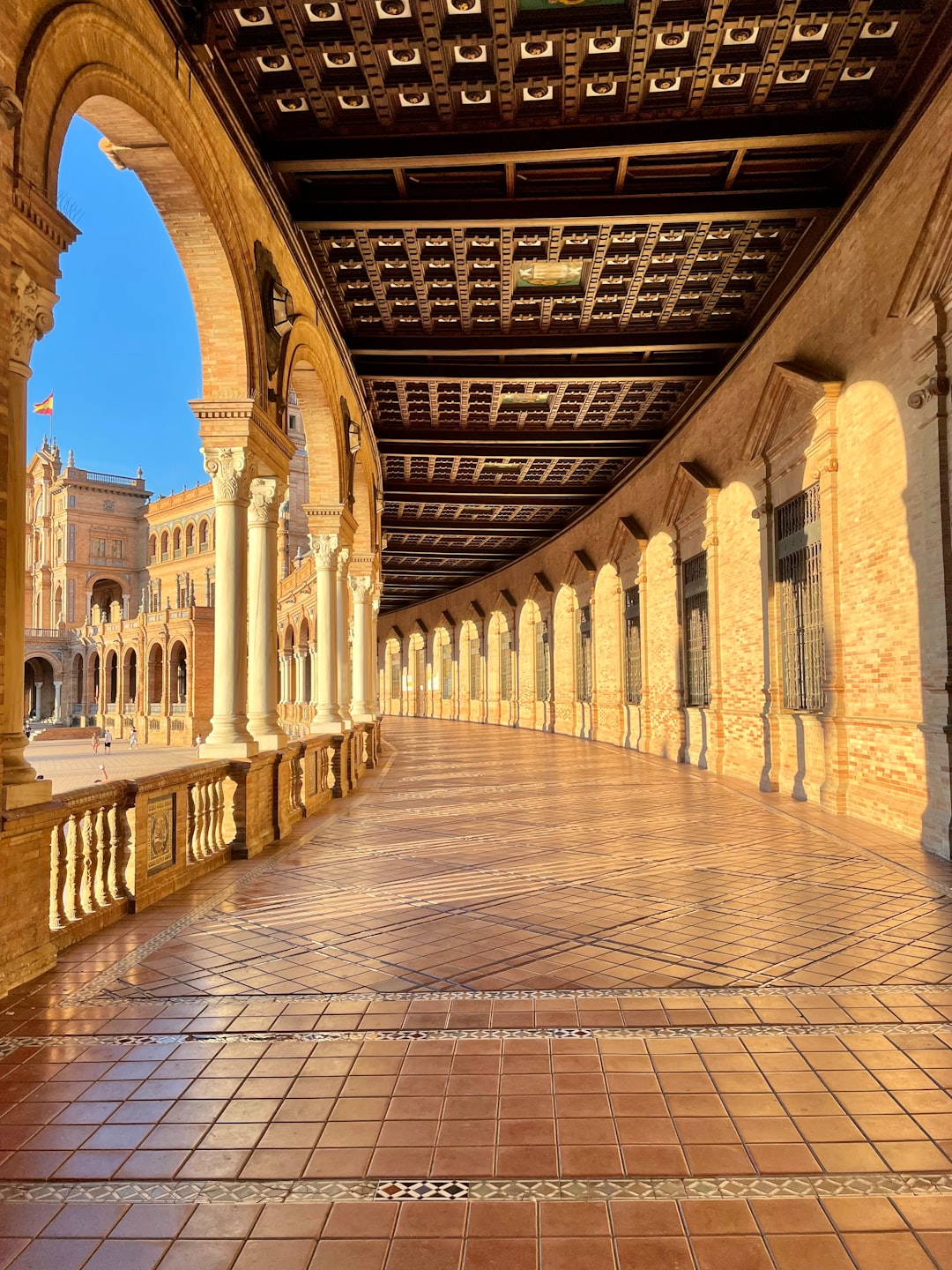
Culinary Experiences in Seville
Seville’s culinary scene is a delightful exploration of traditional Andalusian flavors and innovative gastronomy. Tapas, a staple in local dining, offer a variety of tastes and textures, perfect for sampling the region’s rich culinary heritage. Classic dishes include salmorejo, a chilled tomato soup topped with hard-boiled eggs and jamón, and espinacas con garbanzos, a flavorful spinach and chickpea stew. For seafood lovers, fried fish known as pescaito frito is a must-try, particularly in the lively Triana district. Seville is also famous for its sweet treats like torrijas, a Spanish-style French toast, often enjoyed during Holy Week. The city’s vibrant markets, such as Mercado de Triana, provide fresh local produce and artisanal goods, inviting visitors to experience the authentic flavors of Seville. Whether dining in a bustling tapas bar or exploring a traditional market, Seville’s culinary offerings promise a memorable gastronomic journey.




